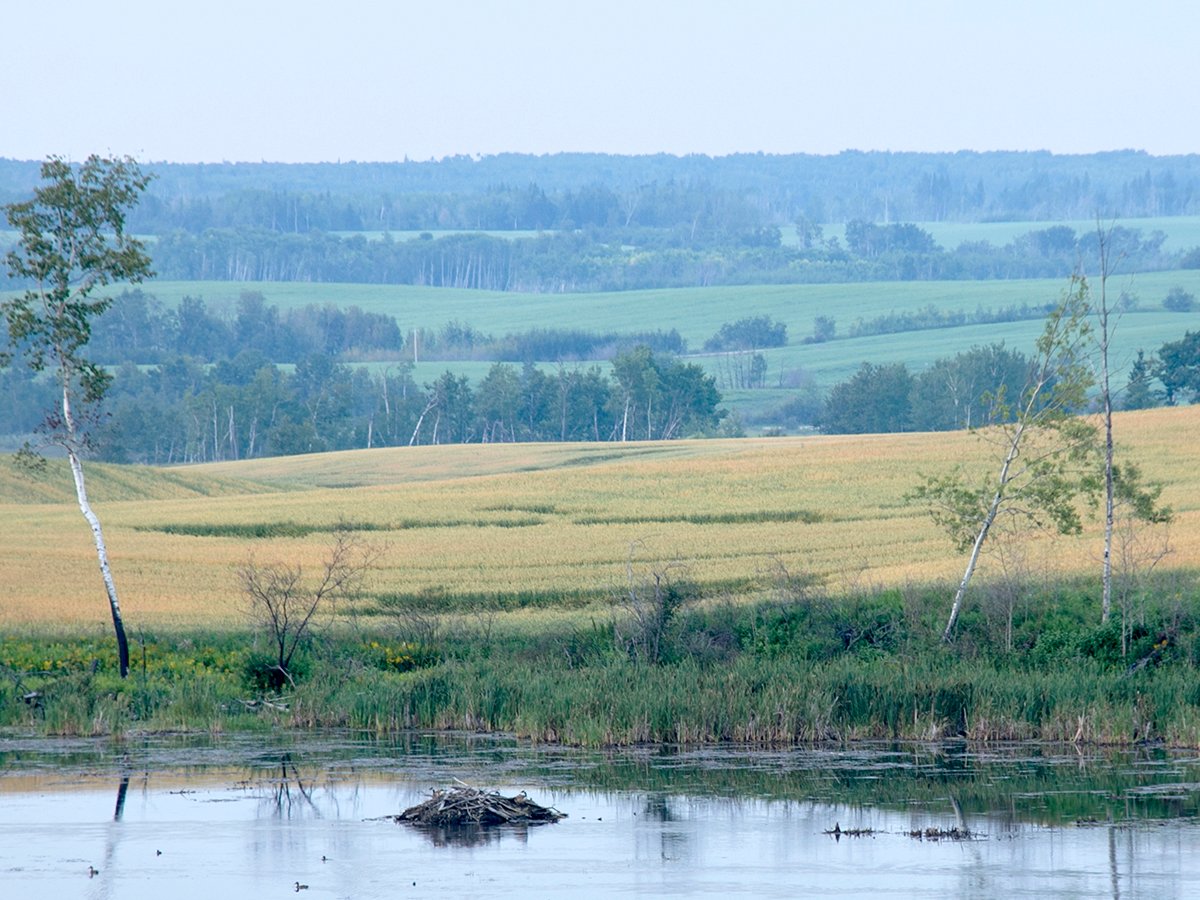The bulldozing Alberta economy affected student enrolment at Olds College this year.
The college’s associate registrar, Cheryl Lumley, says preliminary enrolment numbers are down and the reason is clear.
“The economy being so good in Alberta. It’s true. In fact, most people, if they’ve got a job that’s going to pay them 15 bucks an hour, why go to school?
“It’s something that we’ve heard more than once,” said Lumley.
Enrolment is anticipated to be down about three percent, she said. In 2005, 1,300 students enrolled in the college. So far this year, 1,209 students have enrolled but complete figures won’t be tallied until next year.
Read Also

Intergenerational rollover rules can help succession plans
One of the most significant concerns in succession planning for farmers is the tax bill that can come with passing the farm to the next generation.
Lumley said that the drop is within normal student enrolment changes. During drought years or the recent BSE crisis, similar drops occurred, she said.
Other schools don’t seem to be as influenced.
“Considering the economic boom, including employment opportunities for students and the fact that farmers are still having a pretty hard time out there, we’re very pleased with the numbers,” said Barbara Gordey, registrar of Lakeland College in Vermilion, Alta.
Similarly, enrolment is “holding steady” at Lethbridge Community College. Vince Ellert, program leader of agricultural technology at the college, said that in the last 10 years, enrolment dropped considerably from around 80 students to 24. But comparing this year to last, the number was the same: 24 new students.
The booming economy’s effects are also being felt at the university level.
Overall enrolment in two of the University of Alberta’s agricultural degree programs is similar to last year. This year, 283 students will study for their bachelor of science in agriculture (down 15 students from 2005) while 28 will study for a degree in agricultural-food business management, which is up two students from 2005.
The economy has made recruitment more difficult, said Cynthia Strawson-Fawcett, communications director for the U of A’s Faculty of Agriculture, Forestry and Home Economics. Previously, students could be drawn in by the outdoor lifestyle and high wages their degrees could provide.
“What’s happened with this oil boom is that you don’t have to have a degree to get those things,” she said.
Other prairie schools report steady numbers or slight declines in enrolment.
Preliminary figures at the University of Manitoba’s School of Agriculture suggest that overall degree program enrolment remained unchanged from last year at 362 students.
The recruitment challenge is one of perception, said the school’s director, Merv Pritchard, who added that the school’s diploma program enrolment is down 10 percent from 2005.
“When young people think agriculture, they think farming,” he said. But the agricultural industry is broad, and many potential students don’t understand the real opportunities for trained grads, he added.
Enrolment at the University of Saskatchewan’s College of Agriculture and Bioresources will soon be released, but Karen Hughes is optimistic it will be similar to last year’s 551 in the degree program.
“We believe that enrolment is stable, and may be slightly up from a year ago,” said the college’s co-ordinator for student services and academic programs.
The stabilization of student enrolment in programs like beef production management is reflected in the ending of the BSE crisis, said Pat Flaten of the Saskatchewan Institute of Applied Science and Technology. Ten students enrolled in that program, the same as the previous year. There is also strong interest in short-term diploma and certificate courses relating to cattle management, she said.
Assiniboine Community College’s agribusiness diploma in Brandon, saw a slight decline in enrolment from 40 students in 2005 to 36 students this year.














